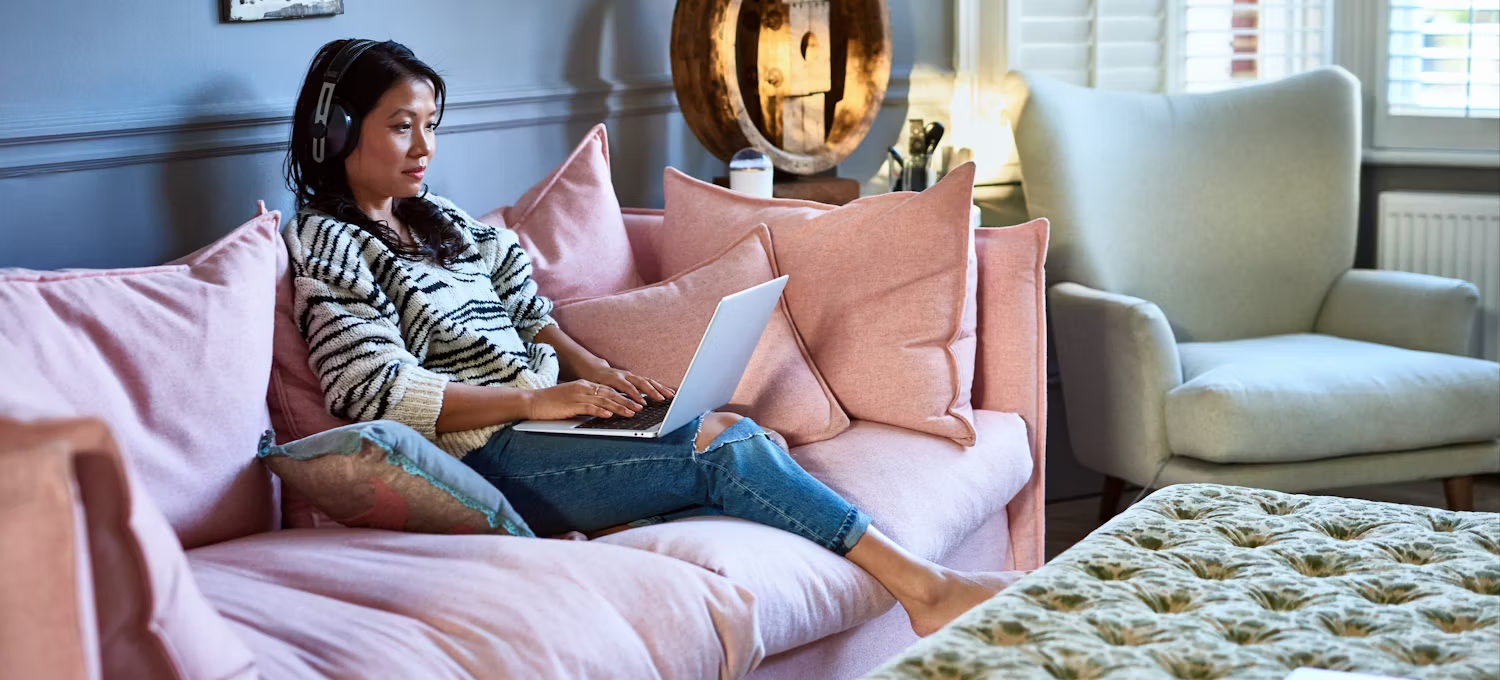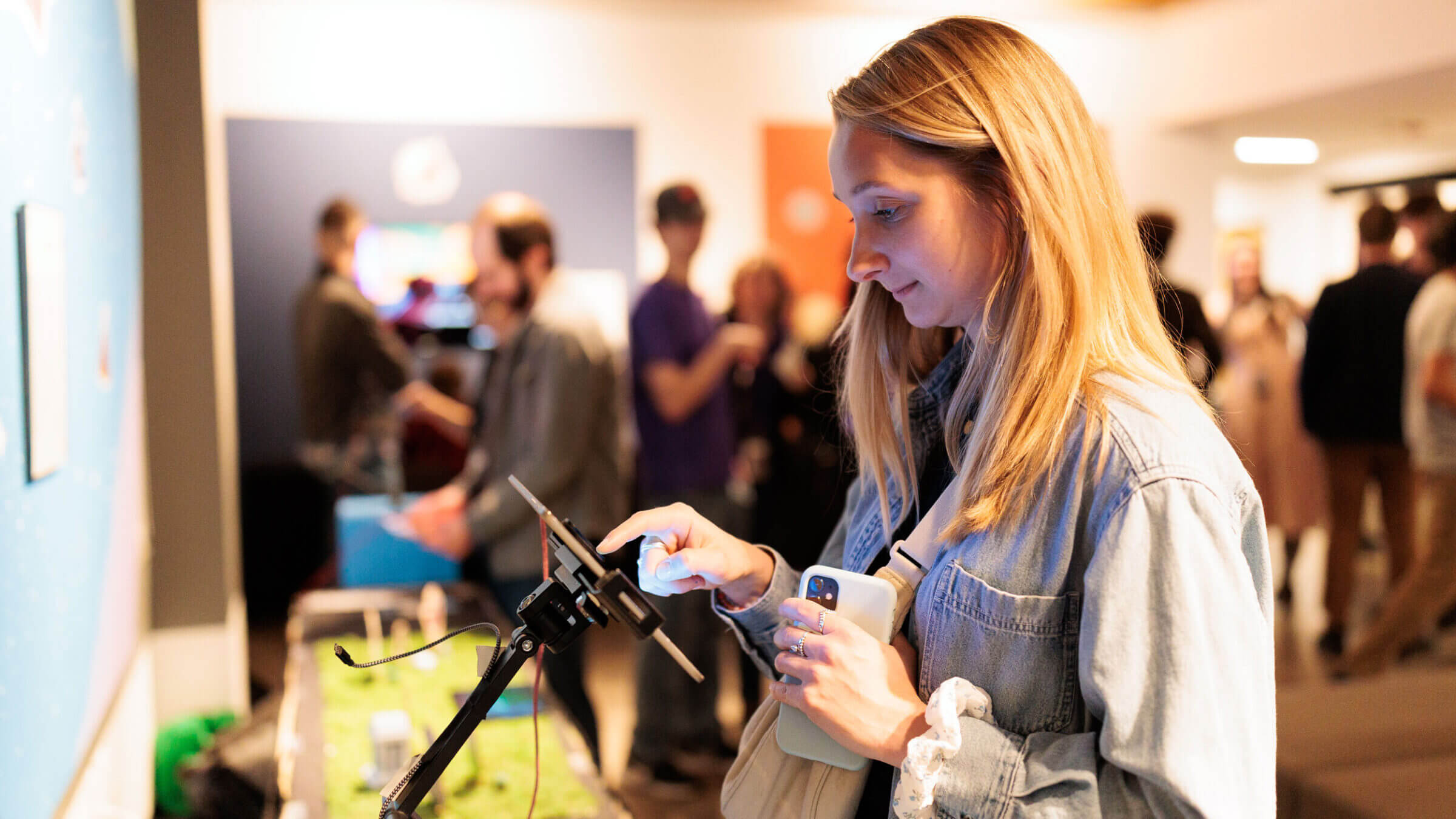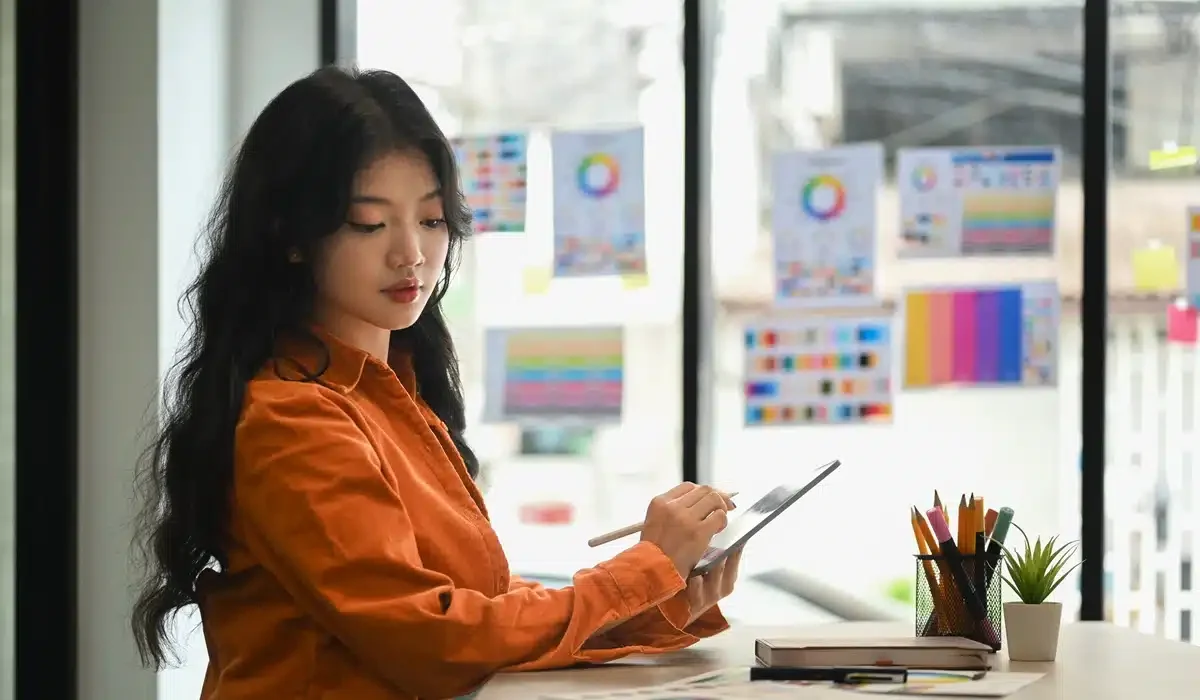In today’s digital-first world, a website is often the first impression a business, organization, or individual makes. With billions of users accessing the internet daily, web design has become more than just creating attractive pages—it is about building experiences that are functional, accessible, and engaging. Web design sits at the intersection of art and science, combining creativity with technology to shape how people interact online.
This article explores the evolution of web design, the principles behind effective digital experiences, and the trends shaping the future of this dynamic field.
The Evolution of Web Design
The history of web design is relatively short but remarkably transformative.
-
1990s: The Beginning
The earliest websites were text-heavy, simple, and static, built with basic HTML. Functionality outweighed aesthetics, and design choices were limited. -
Early 2000s: Multimedia and Flash
With the rise of Flash, websites became more interactive, featuring animations, videos, and bold graphics. While visually engaging, Flash-heavy sites often suffered from slow load times and accessibility issues. -
2010s: Responsive and Mobile-First Design
As smartphones became widespread, designers shifted focus to responsive layouts that adapted to different screen sizes. User-centered design gained prominence, emphasizing simplicity, speed, and usability. -
Today: Experience-Driven Design
Modern websites integrate aesthetics, performance, and personalization. Advances in CSS, JavaScript, and design frameworks enable immersive experiences, while accessibility and inclusivity have become essential priorities.
Core Principles of Effective Web Design
Good web design goes beyond visual appeal. It combines usability, accessibility, and purpose to create a meaningful user experience. Key principles include:
-
Clarity and Simplicity
Visitors should instantly understand what a site is about. Clean layouts, concise content, and intuitive navigation help prevent confusion and frustration. -
Responsive Design
With mobile traffic accounting for over half of web usage, a site must function seamlessly across devices and screen sizes. -
Visual Hierarchy
Design should guide the user’s eye to the most important information first. Using size, contrast, and spacing strategically enhances readability and focus. -
Accessibility
Websites should be usable by all, including people with disabilities. This means providing alternative text for images, ensuring keyboard navigation, and meeting standards like WCAG (Web Content Accessibility Guidelines). -
Performance and Speed
A visually stunning site is useless if it takes too long to load. Optimizing images, using efficient code, and leveraging content delivery networks (CDNs) are crucial for performance. -
Consistency
Fonts, colors, and design elements should remain consistent throughout the site, reinforcing brand identity and enhancing user trust.

The Role of User Experience (UX)
User Experience (UX) is at the heart of web design. It focuses on how users feel when navigating a website. A strong UX ensures that visitors find information easily, enjoy the process, and leave with a positive impression.
Elements of UX design include:
-
Information Architecture – Structuring content logically for smooth navigation.
-
User Testing – Observing real users to identify pain points and improve usability.
-
Interaction Design – Crafting buttons, menus, and animations that are intuitive and engaging.
-
Emotional Design – Evoking positive feelings through visuals, tone, and micro-interactions.
A well-designed UX often goes unnoticed because it feels natural. Poor UX, however, is instantly frustrating and drives users away.
The Importance of Visual Design
While UX ensures usability, visual design captures attention and communicates brand identity. Elements like typography, color schemes, and imagery create emotional impact. For example:
-
Colors can influence mood—blue often conveys trust, while red can evoke urgency or passion.
-
Typography sets tone—serif fonts feel traditional and formal, while sans-serif fonts appear modern and clean.
-
White Space enhances focus, reducing clutter and giving users visual breathing room.
A successful website balances aesthetics with function, ensuring design enhances, not distracts from, content.
Web Design Tools and Technologies
Modern web design benefits from a wide range of tools that streamline creation and development:
-
Design Software: Tools like Adobe XD, Figma, and Sketch allow designers to prototype interfaces and collaborate seamlessly.
-
Content Management Systems (CMS): Platforms like WordPress, Drupal, and Webflow empower users to build and manage websites without extensive coding.
-
Frameworks and Libraries: Bootstrap, Tailwind CSS, and React simplify development, offering prebuilt components for faster, responsive designs.
-
Collaboration Tools: Platforms like Miro and Slack facilitate communication between designers, developers, and clients.
These tools enable designers to experiment, test, and refine while keeping workflows efficient.
Current Trends in Web Design
Web design continues to evolve with changing technologies and user expectations. Some key trends include:
-
Minimalism and Clean Layouts
Simple, uncluttered designs remain popular, helping users focus on core content. -
Dark Mode
Many sites now offer dark mode options for aesthetics, readability, and energy savings on devices with OLED screens. -
Micro-Interactions
Small animations—like buttons changing color when hovered over—add delight and engagement. -
Immersive Storytelling
Designers use scrolling effects, video backgrounds, and interactive elements to tell compelling brand stories. -
Voice and AI Integration
Voice search and AI chatbots are becoming standard, changing how users interact with websites. -
Sustainability
Eco-friendly web design emphasizes energy efficiency, reducing the carbon footprint of websites by optimizing code and hosting.
Web Design and SEO
A beautiful site is ineffective if no one sees it. That’s where Search Engine Optimization (SEO) comes in. Web design directly impacts SEO through:
-
Mobile-Friendliness – Google prioritizes mobile-optimized sites.
-
Load Speed – Faster sites rank higher in search results.
-
Structured Content – Proper use of headings and metadata improves visibility.
-
Clean URLs and Navigation – Easy-to-crawl structures help search engines index pages effectively.
Integrating SEO into design ensures a site not only looks good but also performs well in search rankings.
The Future of Web Design
As technology continues to advance, the future of web design promises even more innovation:
-
AI-Powered Design – Tools will increasingly generate layouts and content tailored to user behavior.
-
Personalization – Websites will adapt dynamically to individual users’ preferences and browsing history.
-
Augmented and Virtual Reality (AR/VR) – Immersive websites will blur the line between physical and digital experiences.
-
No-Code Platforms – More accessible tools will empower non-technical creators to design professional-grade websites.
-
Inclusive Design – Accessibility will move from being optional to essential, with inclusivity driving innovation.
These developments will expand creative possibilities while making web design more user-centered and accessible.

Conclusion
Web design has come a long way from static pages of the 1990s to today’s interactive, experience-driven platforms. It combines creativity and technology, aesthetics and usability, art and science. A successful website is more than a digital brochure—it is a living, evolving space where businesses connect with audiences, ideas are shared, and communities are built.
As design trends and technologies continue to evolve, one thing remains constant: the user must always be at the center. By prioritizing clarity, accessibility, performance, and aesthetics, web designers create digital experiences that not only attract but also inspire and empower.
The future of web design is bright, and as long as creativity meets innovation, it will continue to shape the digital world for generations to come.





